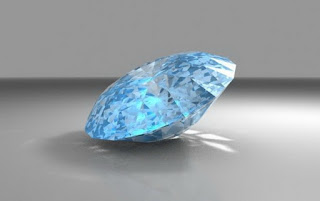Anti-Creationists and Facepalming

by Cowboy Bob Sorensen Sometimes, anti-creationists riding the Owlhoot Trail want to slap leather with creationists but they don't bring a gun to a gunfight. They don't even bring a knife or a pointed stick. I reckon they don't want to say anything meaningful, they just want to "prove the st00pid dumb creotard" wrong. Problem is, they show their own lack of thought and look mighty silly. Courtesy of Why?Outreach Too many people read just the caption of a picture or a few lines of text and then leave a comment. Unfortunately, this short attention span trend is common and seems to be growing, and the ignorant comment is a bane to many Page owners and bloggers. I shared this picture, " The Lincoln Memorial Disproves Old Earth Theories " about stalactites and stalagmites that had formed quickly under the memorial. Apparently, this guy didn't bother to pay attention to the excerpts in the caption or look at the two links. He complained, "...








